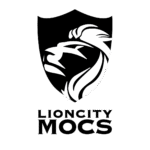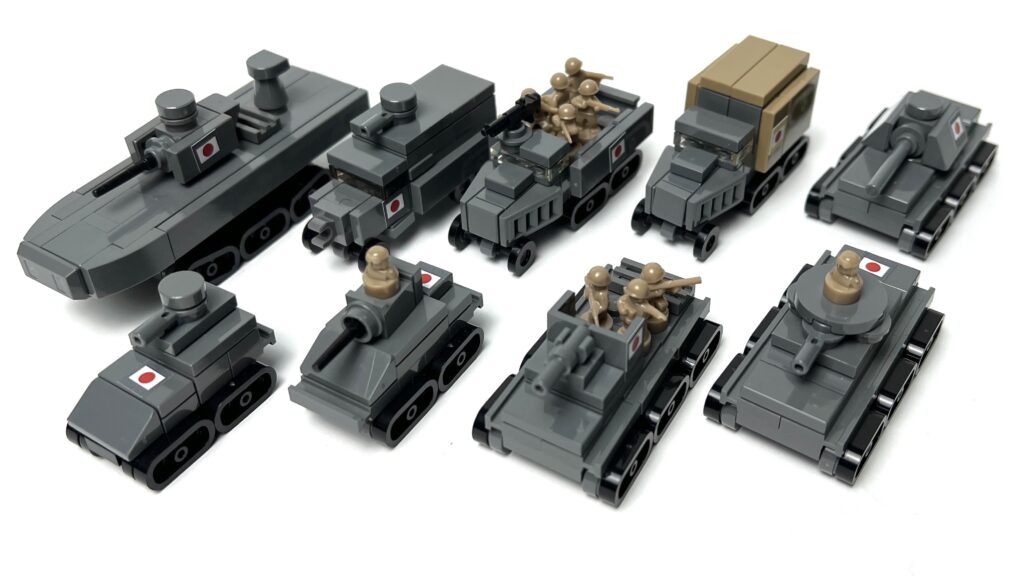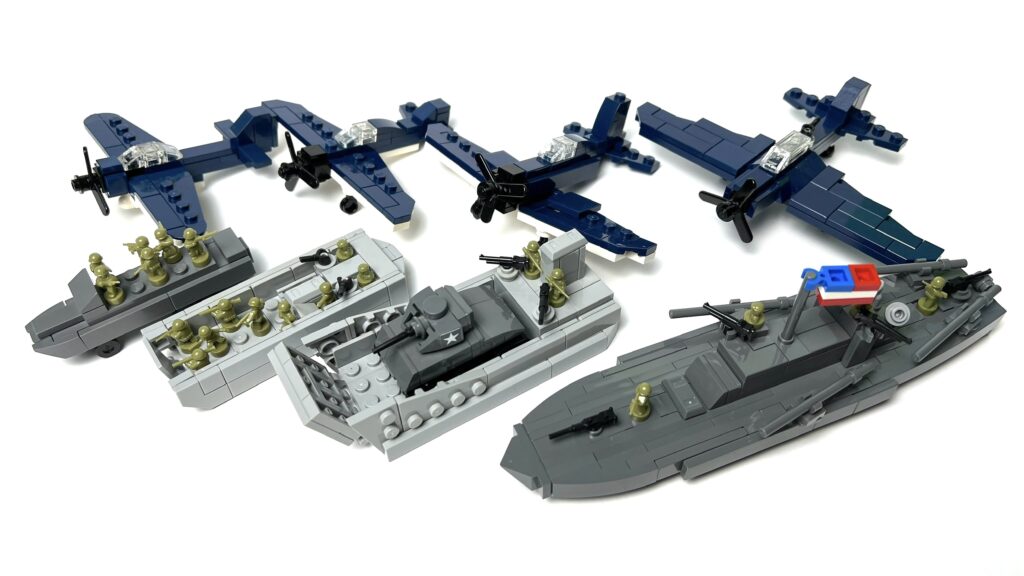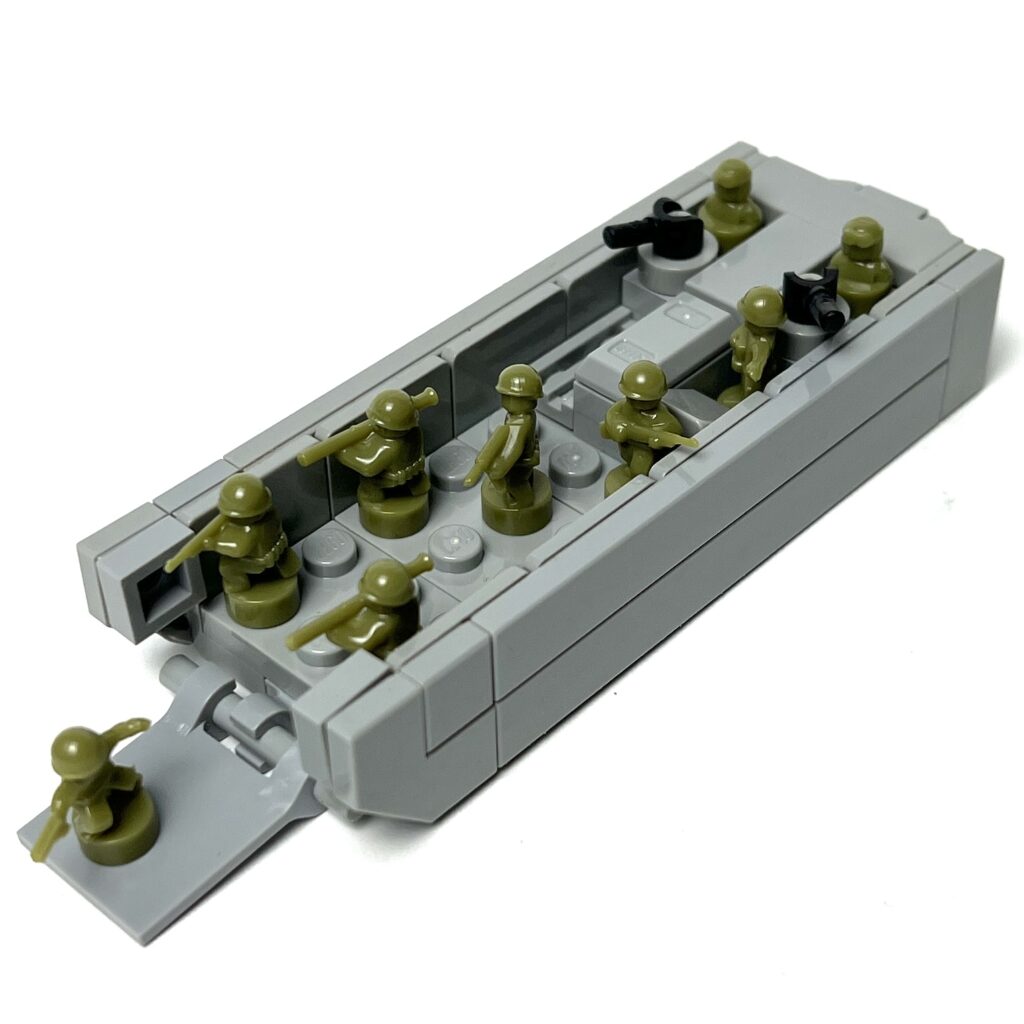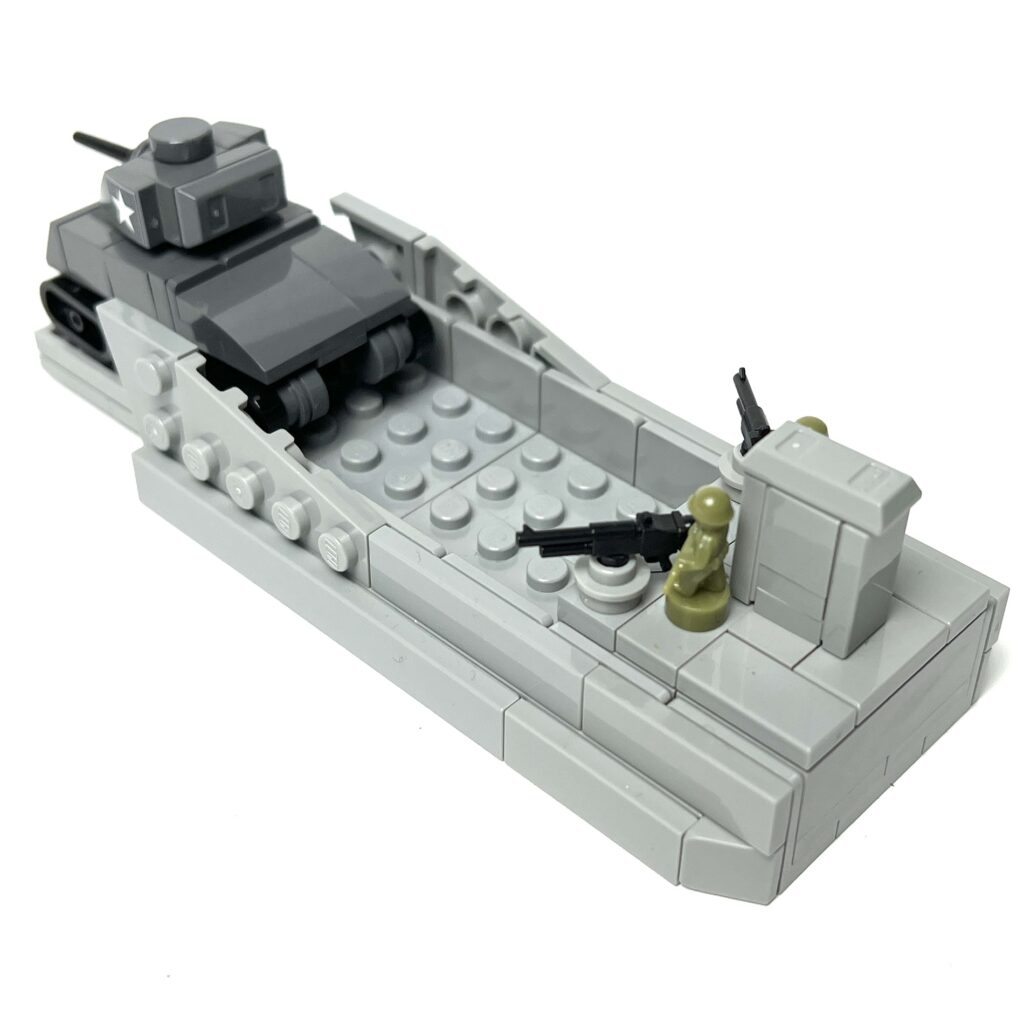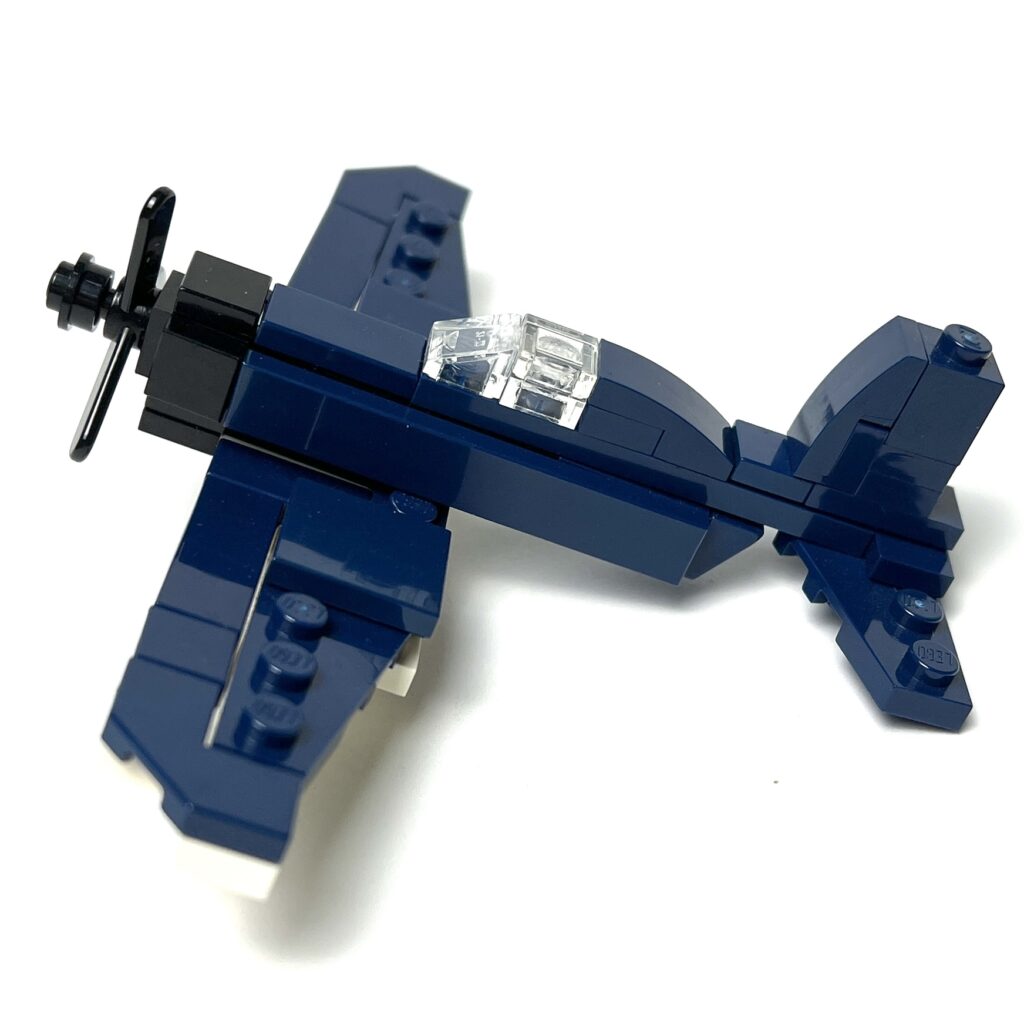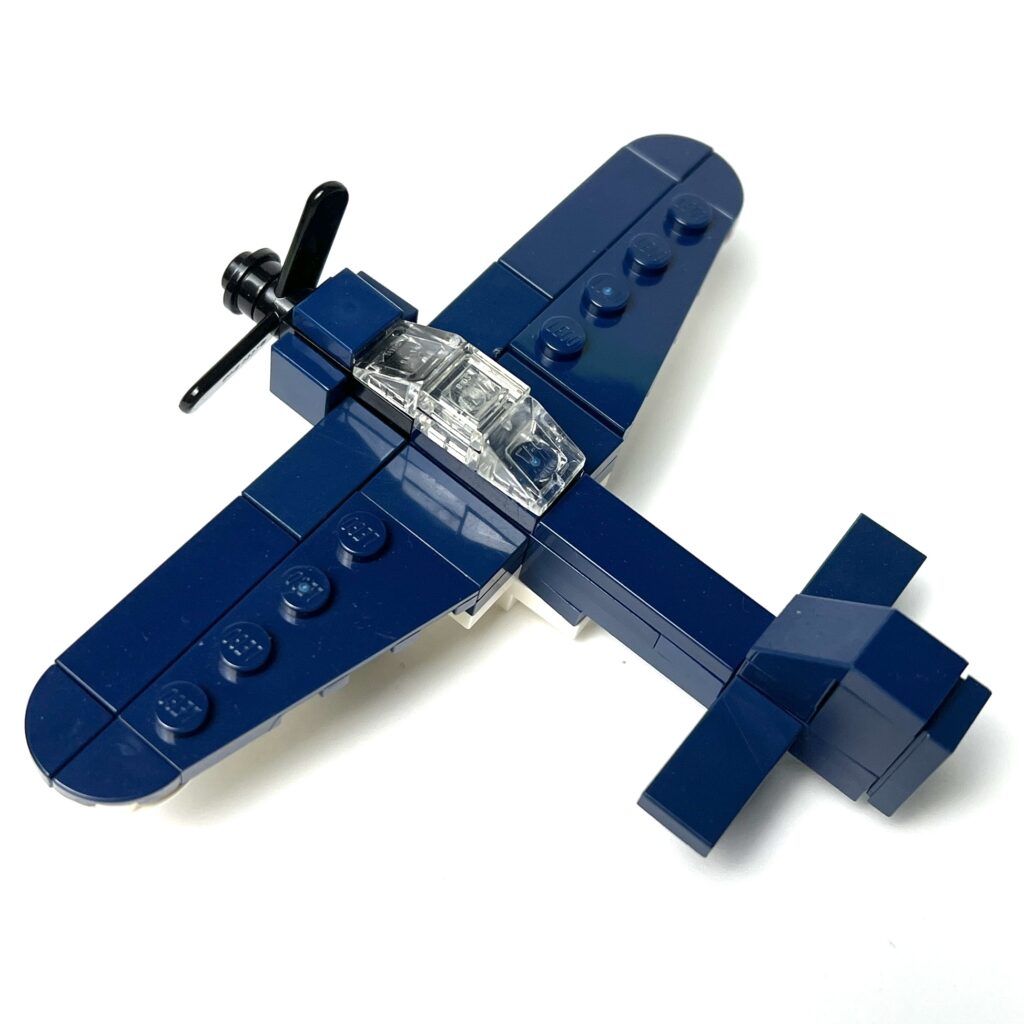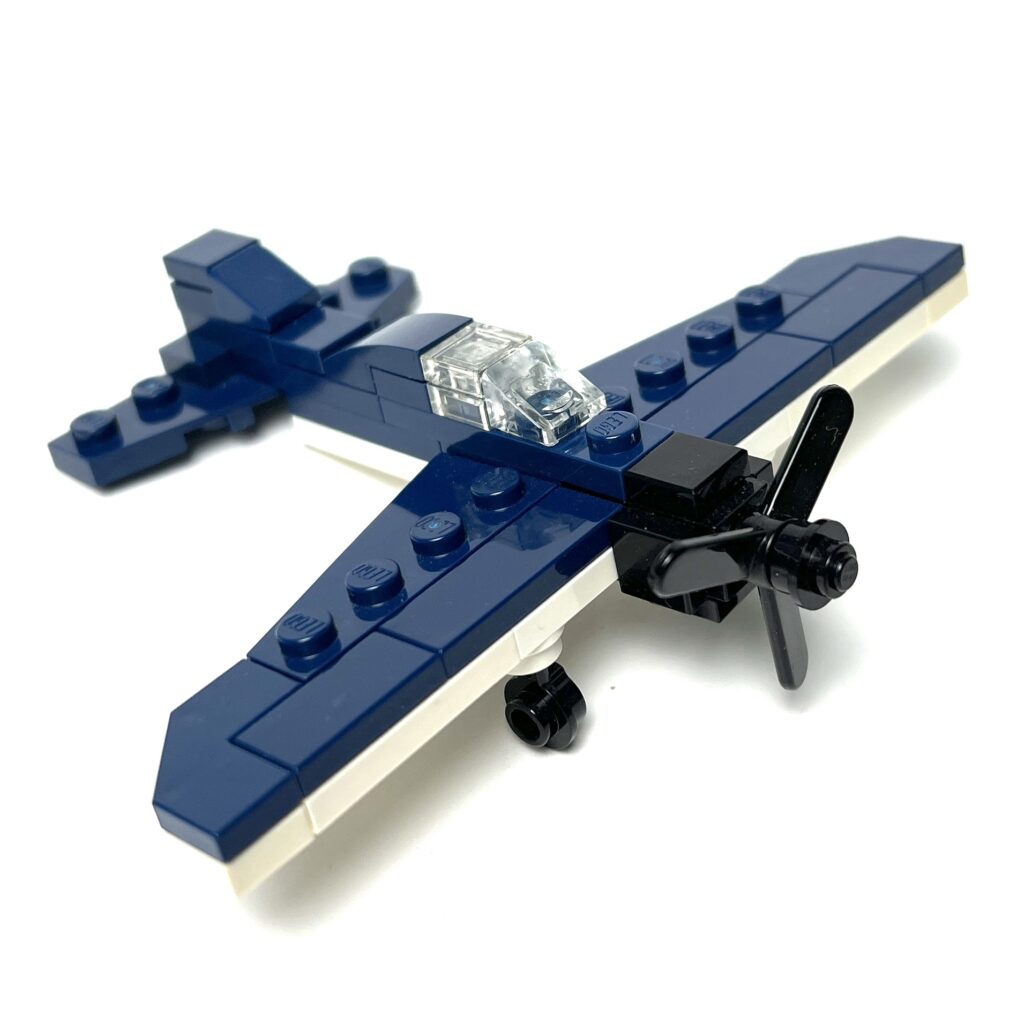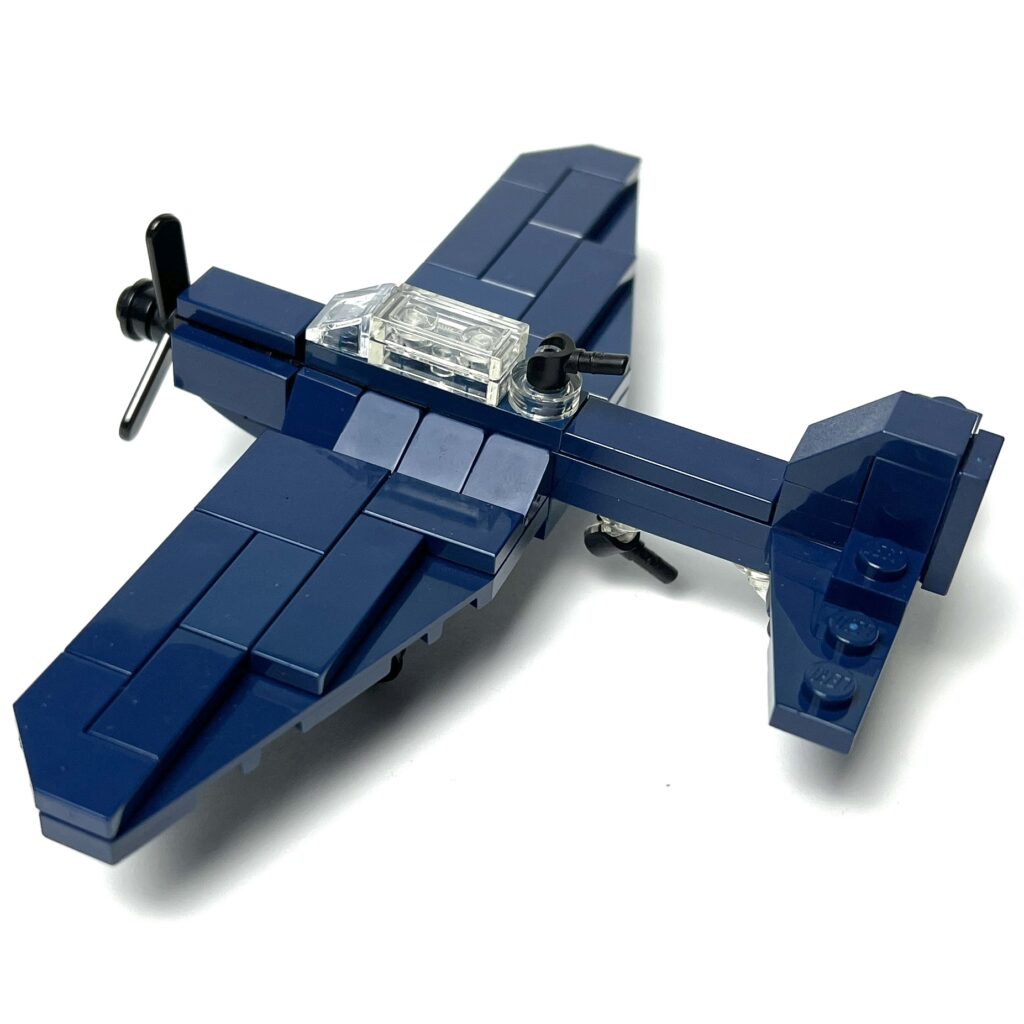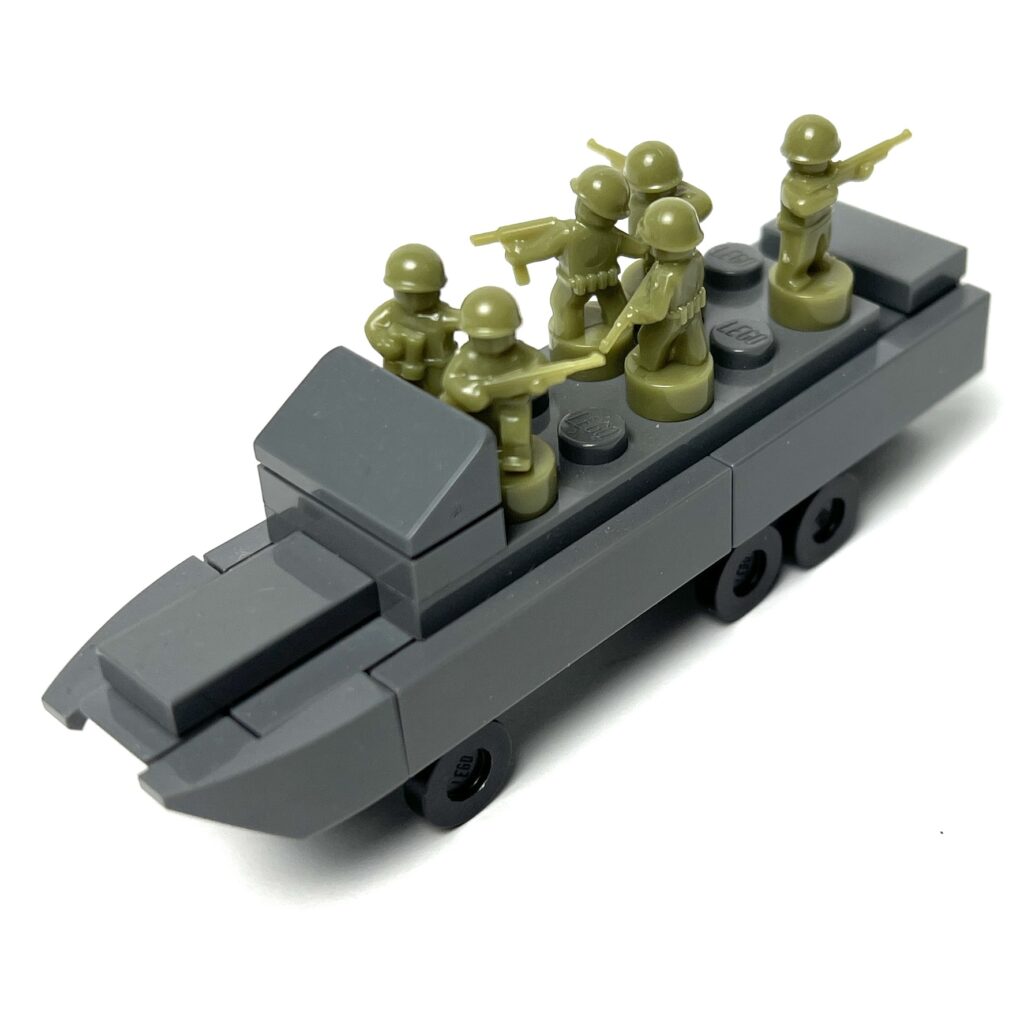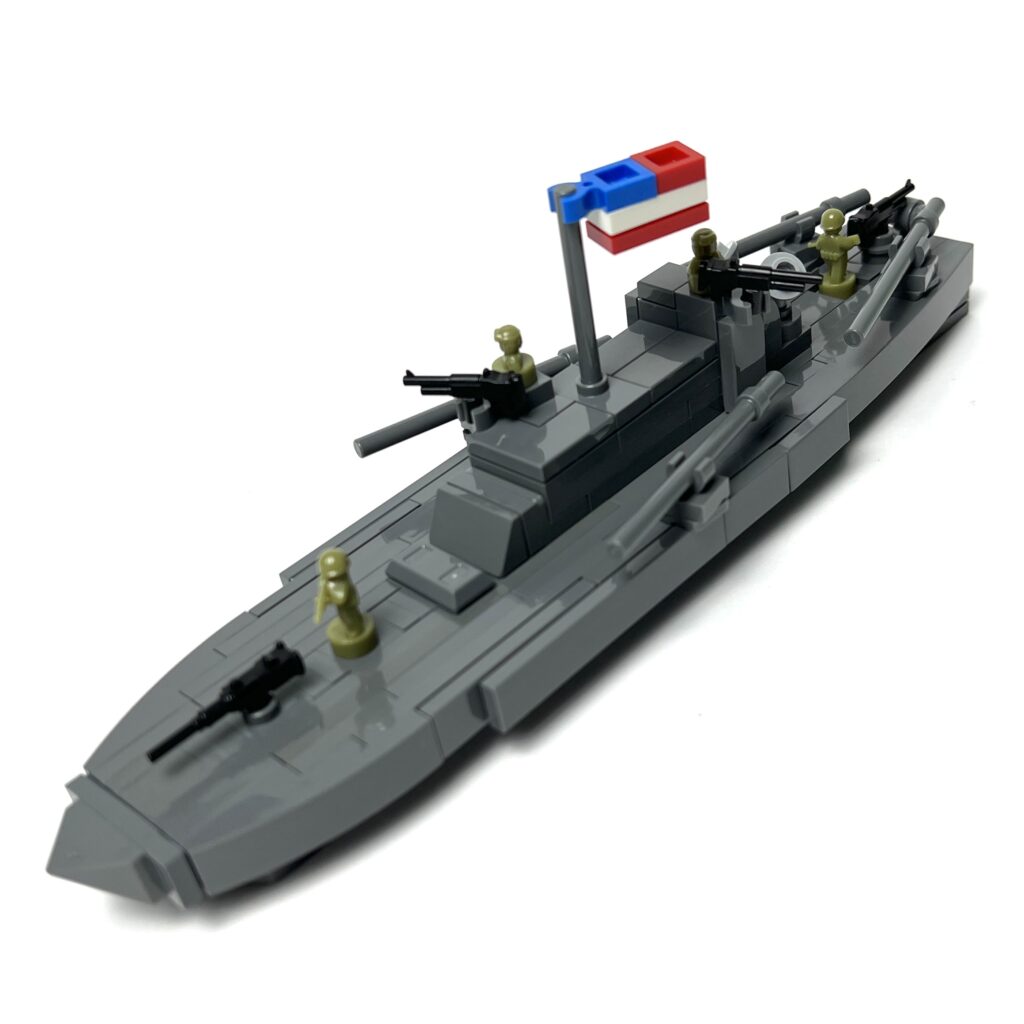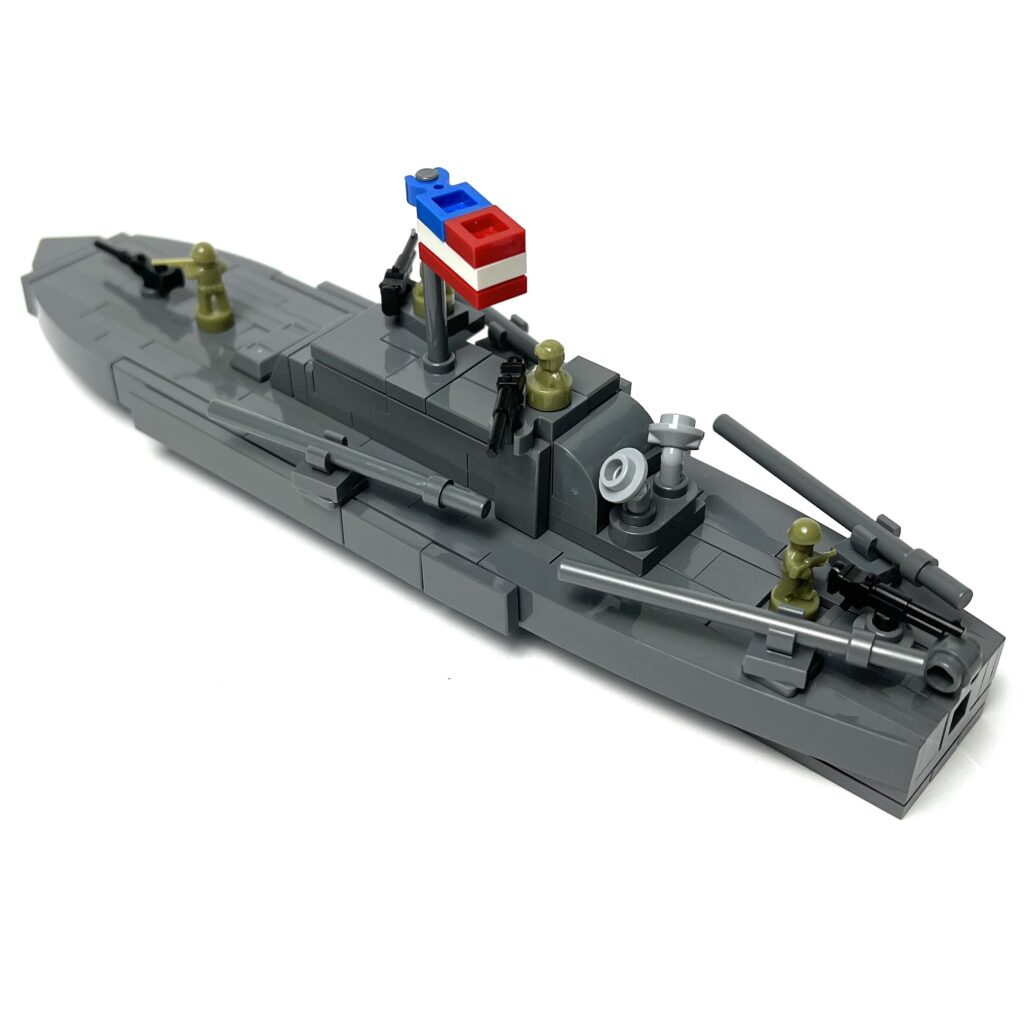The Imperial Japanese Army entered WWII with a mix of light tanks, medium tanks, and support vehicles designed primarily for infantry support and colonial campaigns in Asia. While they often struggled against heavier Allied armor, these vehicles played a vital role in Japan’s early successes and later desperate defenses.
Type 95 Ha-Go – The Light Spearhead
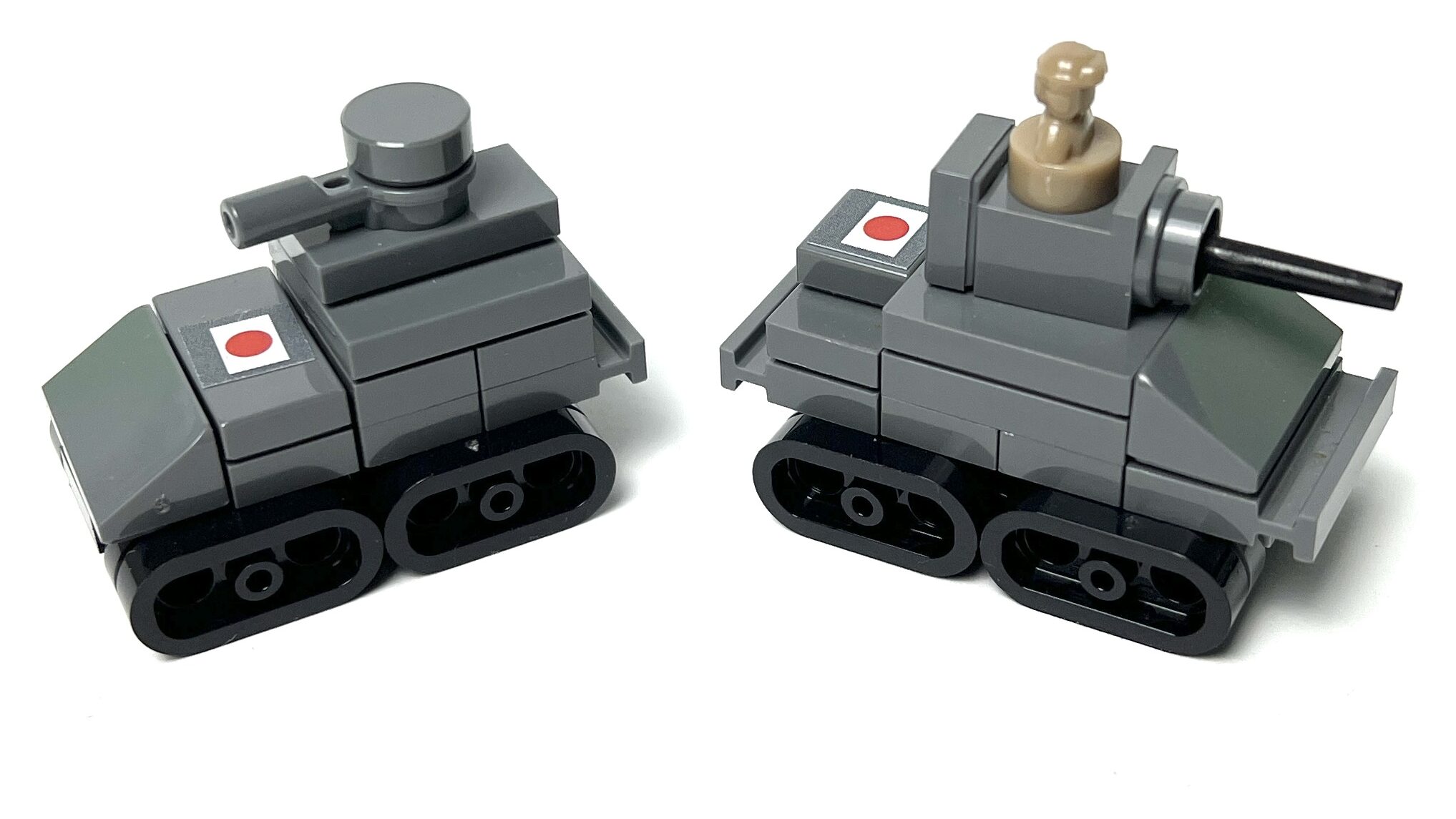
The Type 95 Ha-Go was Japan’s most common light tank of the war. Lightly armored but mobile, it was effective against infantry and lightly defended positions, especially in China and early Pacific campaigns. However, by mid-war, it was badly outclassed by Allied tanks.
Type 94 Te-Ke – The Scout Tankette
The Type 94 Te-Ke was a small tankette used primarily for reconnaissance and infantry support. Fast and maneuverable, it could cross rough terrain but was very lightly armed and armored. It often served as a supply hauler or escort vehicle in addition to its combat role.
Type 97 Chi-Ha – Japan’s Workhorse Medium Tank
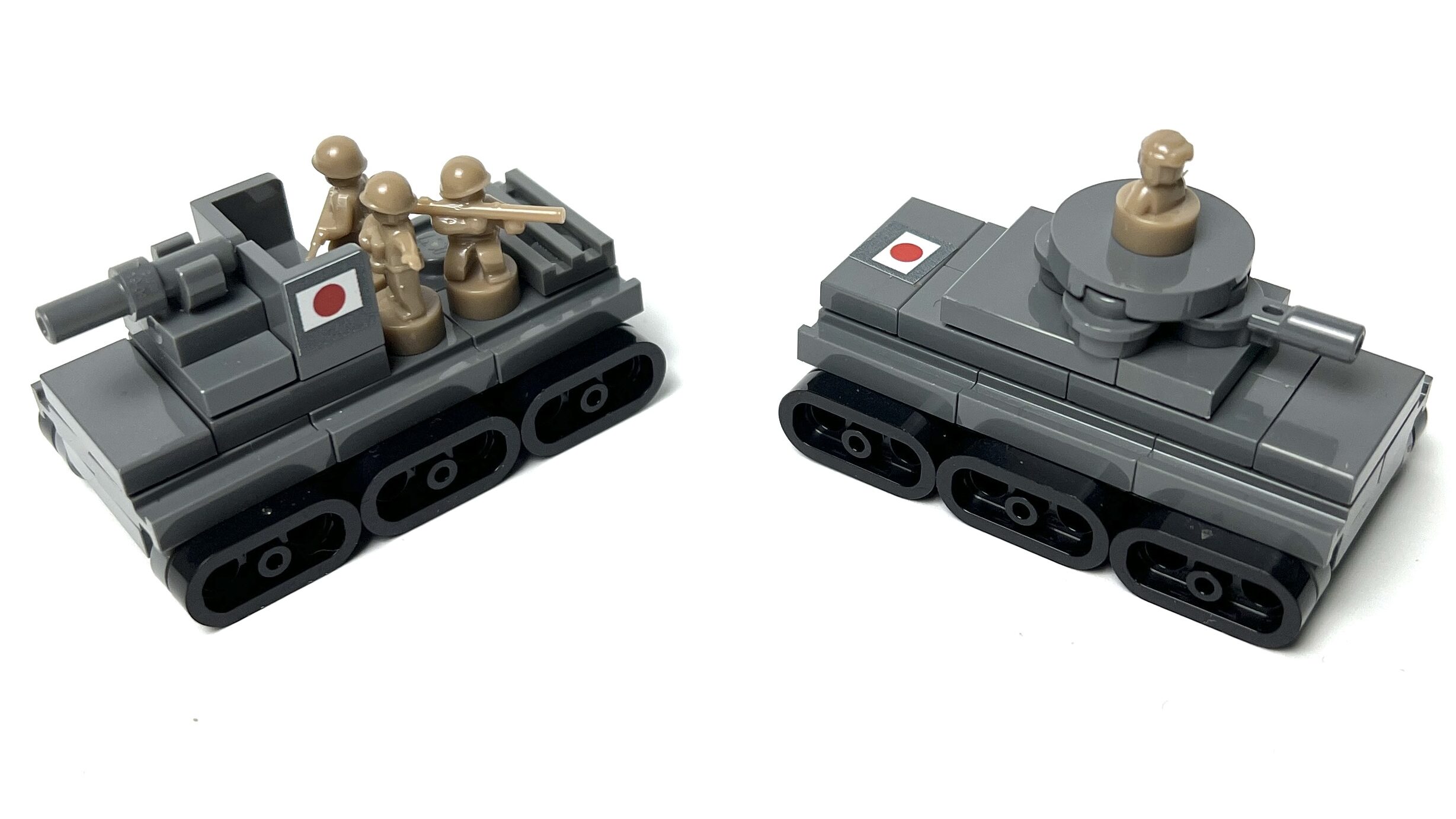
The Type 97 Chi-Ha was the most produced Japanese medium tank of WWII. Armed with a 57mm gun (later upgraded to a 47mm high-velocity gun in the “Shinhoto” version), it formed the backbone of Japanese armored forces. Though effective early on, it struggled against the Sherman and T-34.
Type 4 Ho-Ro – The Self-Propelled Howitzer
The Type 4 Ho-Ro mounted a 150mm howitzer on the chassis of the Type 97 Chi-Ha. Used as a mobile artillery piece, it provided heavy fire support for infantry. Limited in number, it was mainly deployed in defensive roles in the Philippines and Okinawa.
Type 3 Chi-Nu – The Late War Medium Tank
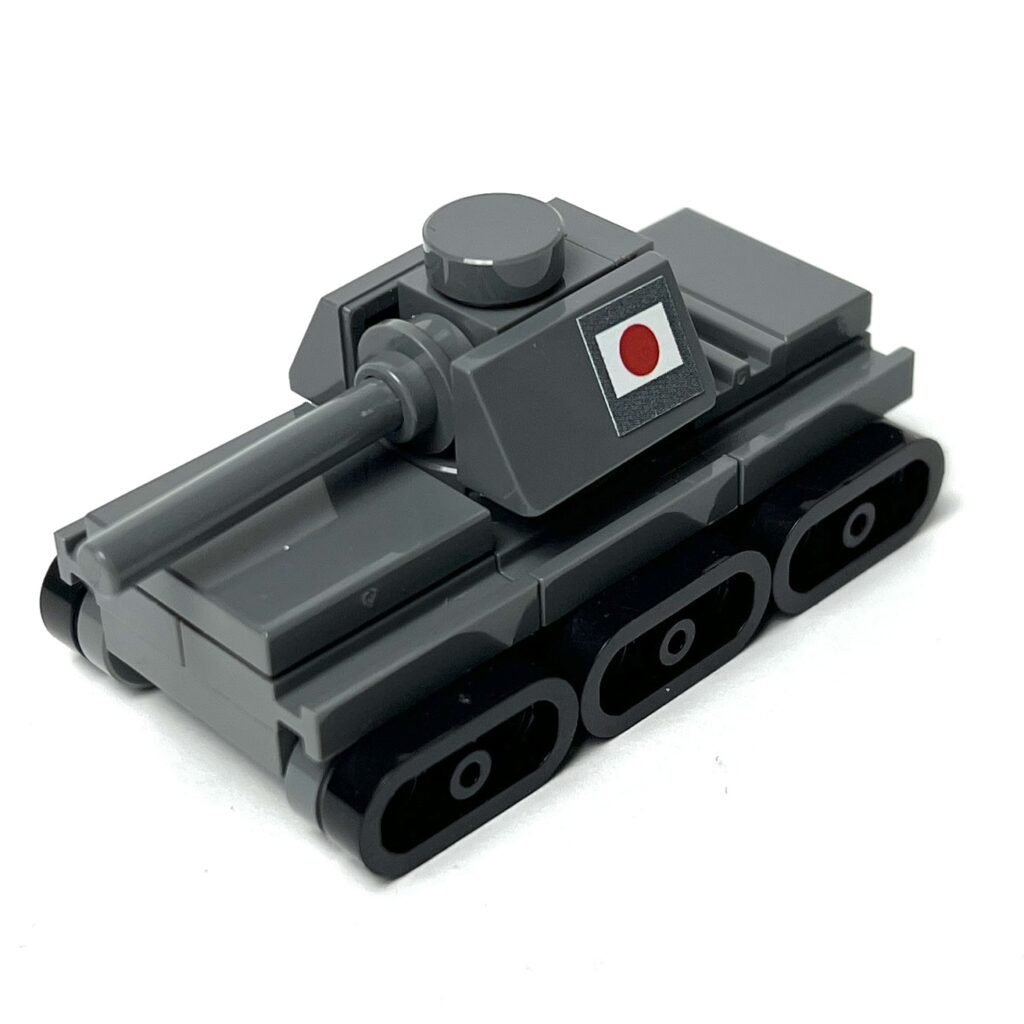
The Type 3 Chi-Nu was developed to counter American Shermans, armed with a 75mm gun based on Japanese anti-aircraft designs. However, due to production shortages, it was built in small numbers and largely kept in Japan for homeland defense.
Type 3 Ka-Chi – The Amphibious Tank
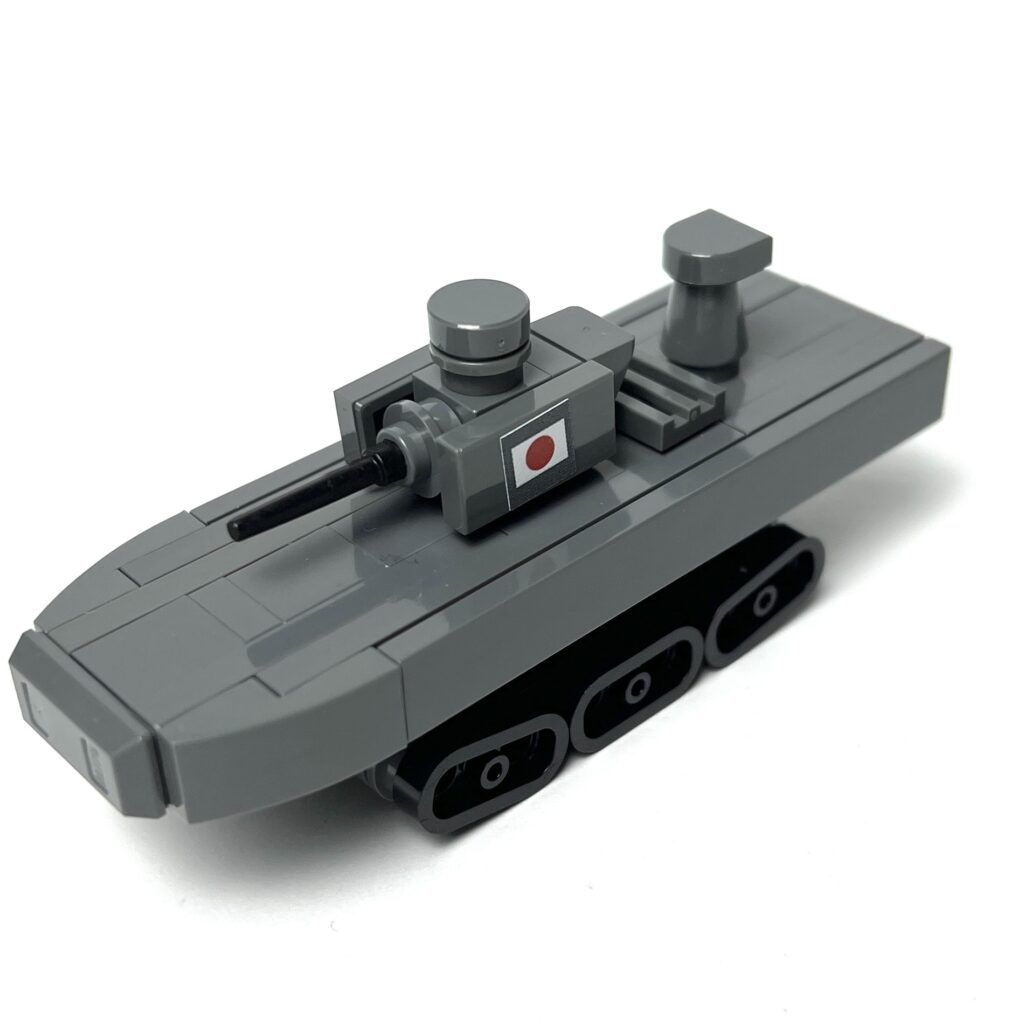
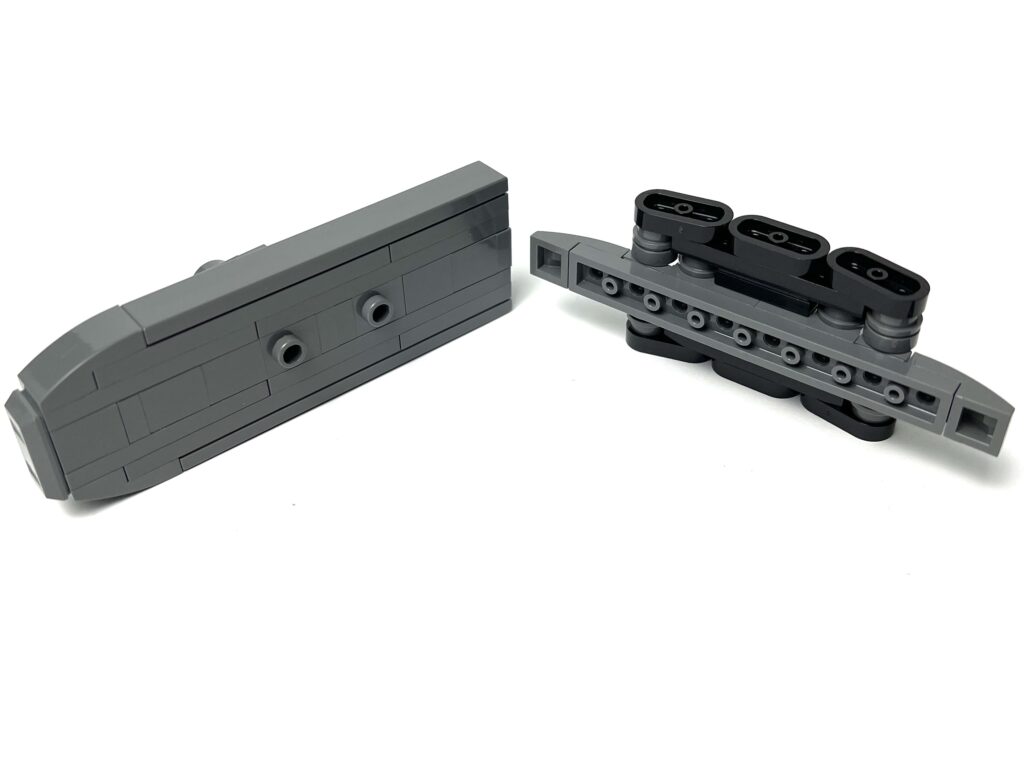
The Type 3 Ka-Chi was a rare amphibious tank based on the Chi-Ha chassis. Designed for island invasions, it could move both on land and water thanks to its large pontoons and propellers. Only a handful were built, as Japan shifted to defensive warfare by the time it was introduced. This model is also my favourite of the lot, because of it’s unique look.
Type 1 Ho-Ha – The Half-Track Transport
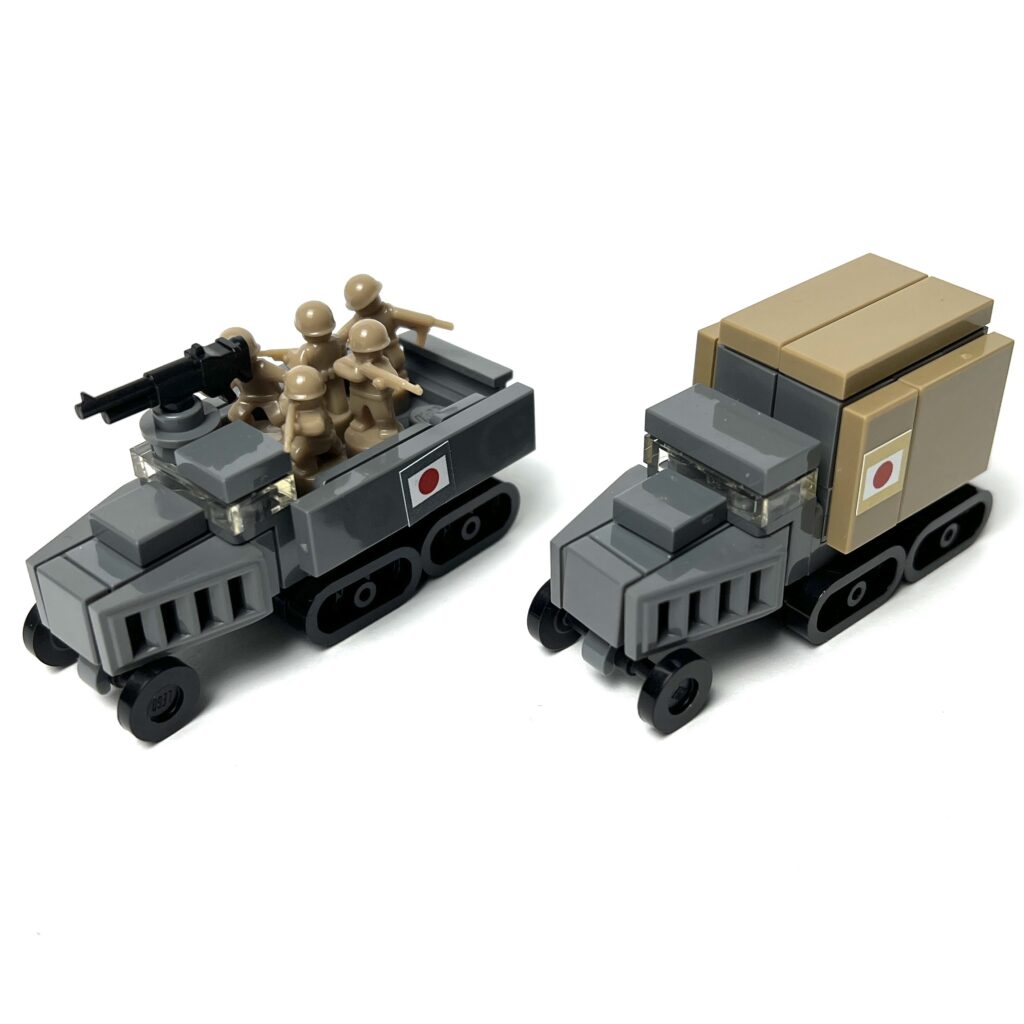
The Type 1 Ho-Ha was Japan’s answer to the German Sd.Kfz. 251, a half-track used to transport infantry safely under fire. With armor protection and machine gun mounts, it improved troop mobility but was built in limited numbers.
Type 92 Heavy Armored Car (Sumida M2593) – The Colonial Scout
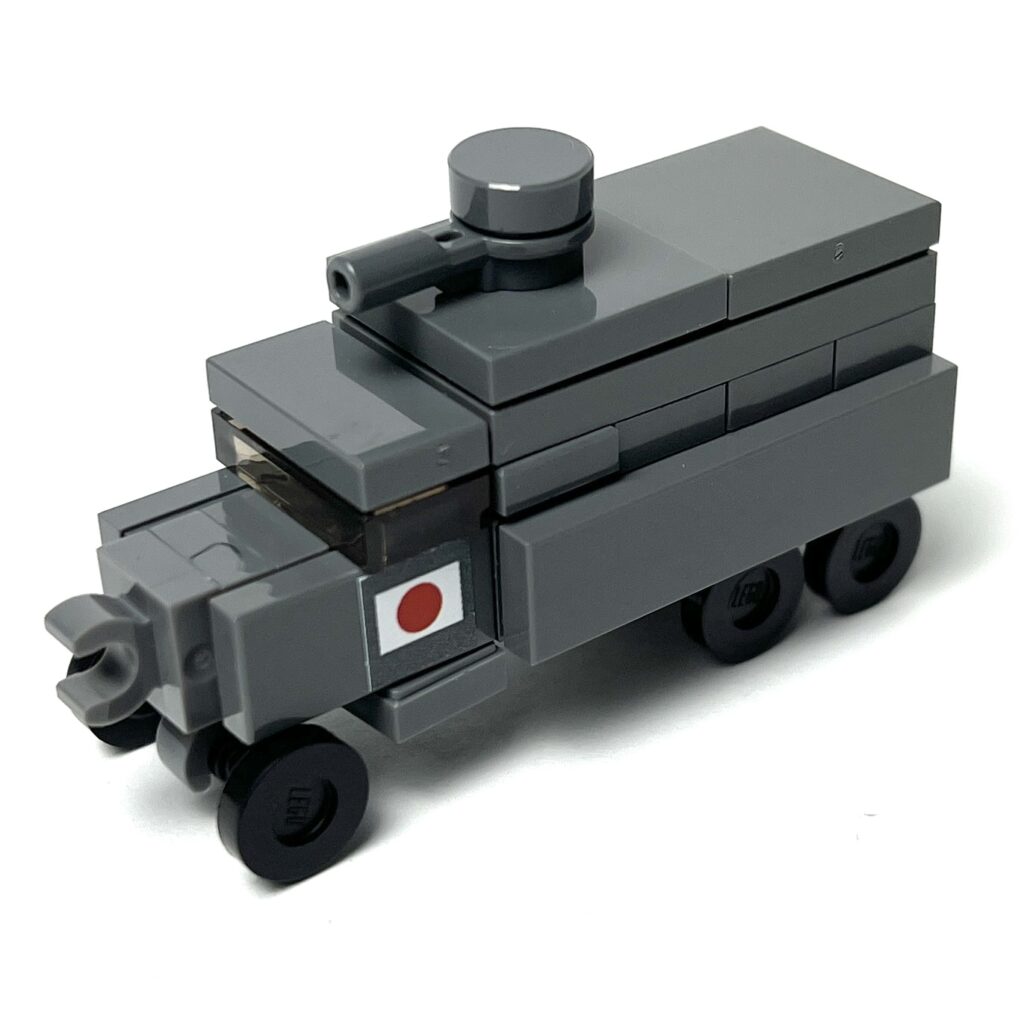
The Type 92 (Sumida M2593) was an armored car mainly used in China and Manchuria. It could run on both tracks and wheels, making it versatile for patrol and security duties. While not designed for tank combat, it was effective in colonial policing roles.
Here’s the full tutorial on how to build these below:
